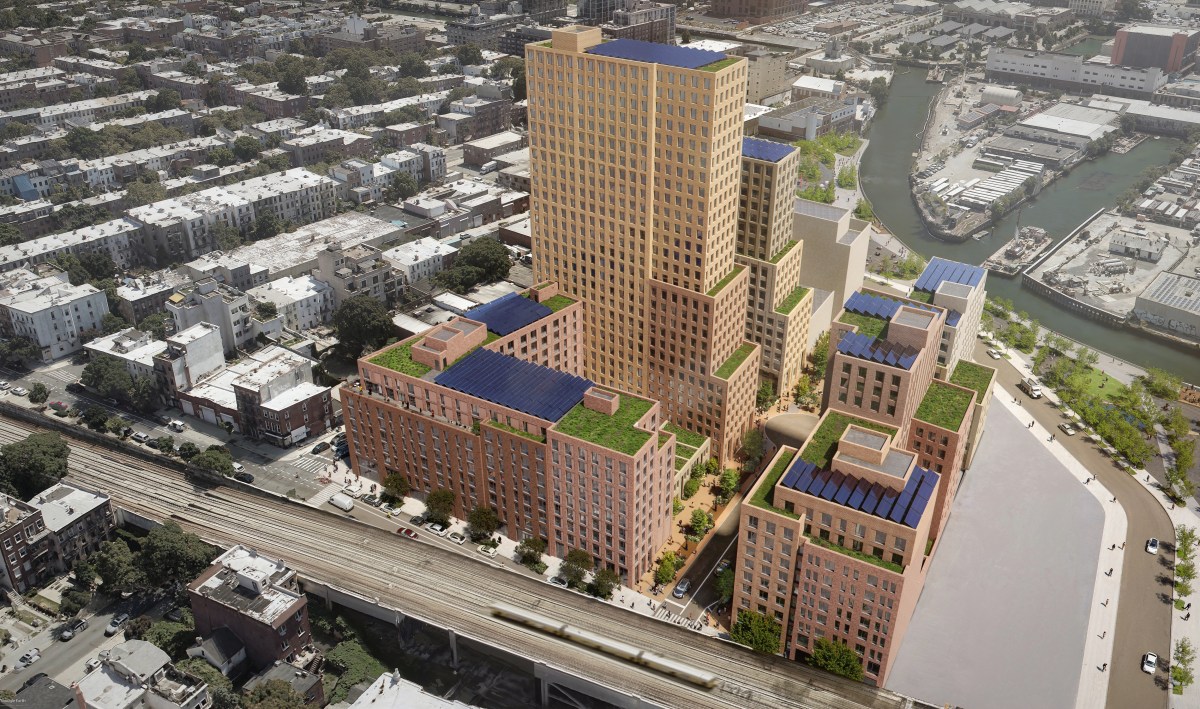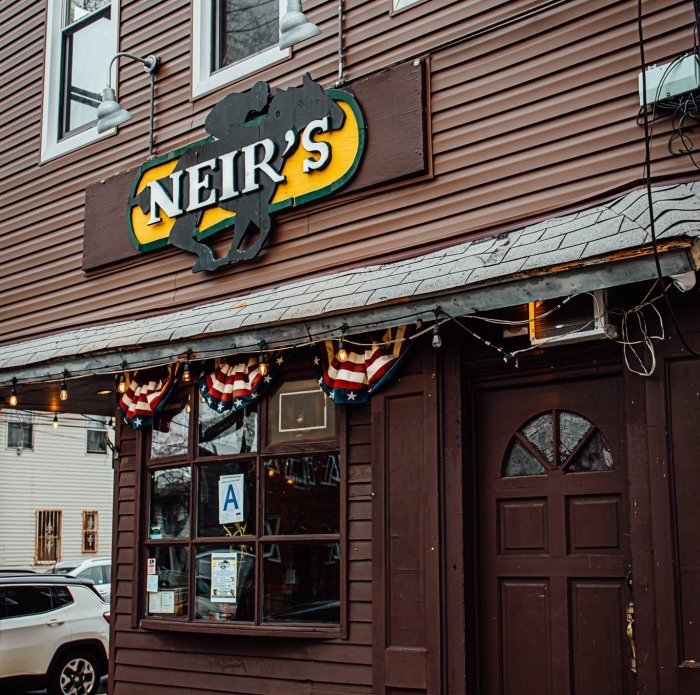
Nearly half of 34- to 40-year-olds who grew up in Broad Channel remain residents of the island, which gives the Queens neighborhood the distinction of retaining a greater share of that generation than any other census tract in the city, according to a new mapping tool.
About 47 percent of adults born between 1978 and 1983 who grew up Broad Channel resided in the area — or another census tract where they also lived during their childhood — as of 2015, according to The Opportunity Atlas, a tool for mapping social mobility released earlier this month by the Census Bureau, Harvard University and Brown University.
By comparison, 20 percent of all 34- to 40-year-olds raised in New York were dwelling inside the census tract where they grew up in 2015, according to the atlas.
Broad Channel’s pull did not surprise Sean Tubridy, 35, who said the community has become particularly close while fighting unique challenges, such as the successful quest to purchase the municipal-owned land beneath their homes or the ongoing fight to abolish local bridge tolls for island residents.

“Everyone who grew up down there — our fathers were friends, and our grandparents were friends, and I think that there’s this sort of loyalty to the neighborhood that you really don’t find anywhere else,” said Tubridy, who works for the city’s Sanitation Department and is involved with his family’s restaurant group, In Good Company. “For me, the salt in the air, and the salt in the water — that’s what keeps me there.”
Don Riepe, 79, said he was drawn to Broad Channel while working in the area for the National Park Service and bought a home there about 35 years ago. Beyond the small town vibe, Riepe said residents enjoy the wildlife refuge surrounding the channel and partake in aquatic activities. He said rising sea levels pose the greatest threat to Broad Channel.
“I don’t see a great exodus, unless there’s another big storm like Sandy,” said Riepe, the Jamaica Bay program director for the American Littoral Society conservation group. “One hundred years down the line, yeah, maybe — maybe sooner . . . things will be impossible here.”
Other census tracts that retained a relatively large portion of children born between 1978 and 1983 include a few blocks north of Ditmars Boulevard on the eastern edge of Astoria (46 percent); a tract just north of Northern Boulevard in the southeastern part of Astoria (46 percent); a couple of blocks in Flatlands south of Kings Highway (44 percent); the tract covering Gerritsen Beach (43 percent); and a strip on the southern edge of Downtown Brooklyn between Schermerhorn and Fulton streets (43 percent).
Brown University Associate Professor of Economics John Friedman said he has not specifically researched census tracts that retain a relatively high portion of 34- to 40-year-olds, but mentioned that, generally, areas where relatively few people move away, tend to have poorer outcomes, when it comes to high school graduation rates, income and other traditional measures of success.
“There’s a negative correlation between the chance that kids stay in the same city or the same census tract and their outcomes: That is places where kids do worse, tend to be places where they are more likely to stay local,” Friedman said.
For half of the census tracts highlighted in this article, the average annual household income among 34- to 40-year-olds raised in the area — regardless of where they now live — is less than $44,000, the average among their peers citywide.

















